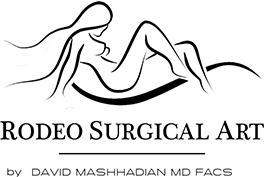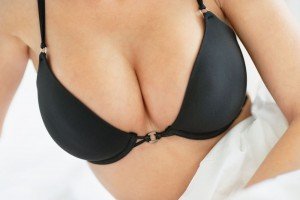Many women will undergo breast augmentation for many reasons, including feeling more beautiful and increasing their confidence. But many also have questions about getting breast implants. Some women wonder if they are painful or safe while others ask if they are permanent or not. Women who plan to become mothers or already are mothers may also be concerned about how their implants may affect breastfeeding.
According to the American Society of Plastic Surgeons, breast augmentation ranks as the number one surgical cosmetic procedure in 2014 with 266,000 performed. Beverly Hills cosmetic surgeon David Mashhadian MD, FACS is trained to handle all your breast augmentation needs.
The overwhelming majority of women who have breast implants can breastfeed whether they have had silicone or saline implants. Before you decide to have breast implants, consider these things if you plan to breastfeed in the future.
Can You Breastfeed with Implants?
- Yes, it is possible for a woman to breastfeed with implants, depending on the size and placement of implants, as well as the type of surgery.
- Breast implants may be filled with saline or silicone, and some women may ask if these chemicals will mix with breast milk.
- Breastfeeding experts and caregivers believe that these chemicals do not mix with milk, and it may be safe to breastfeed with them implanted.
Location of Breast Implant Could Impact Ability to Breastfeed
Where the implant is inserted has everything to do with the likelihood the woman will be able to breastfeed in the future. There are two techniques where the majority of patients who have breast implants do not have a problem breastfeeding:
- Inframammary incision – where a nipple incision is avoided, and instead the implants are placed in under the breast crease.
- When implants are placed under the muscle of the chest wall.
The less pressure that is put on a woman’s mammary glands by an implant, the better the chances to produce milk. Nipple implants should be avoided if breastfeeding is important to the patient.
As with all breast surgeries, severing ducts or nerves will result in lower milk production. The location, orientation, and extent of the incision determine how much milk production will be affected. An incision on or around the perimeter of the areola will result in reduced nerve response to the nipple and areola, significantly reducing milk ejection, which in turn reduces milk production.
Myth or Fact: Can Implants Leak into Baby’s Milk?
Myth. A common misperception many women have about implants and breastfeeding is the potential for the implant to leak and potentially contaminate the breast milk.
With modern, innovative surgical techniques, these worries have been set aside in the past decade, since the inner-workings of implants have been reformulated and tested.
- Of the two implants available on the market – saline and silicone – neither one presents a risk of leaking.
- Implants made out of memory gel or cohesive gel don’t leak butin factstick together.
Galactagogues May Help
Galactagogues are foods, herbs or medications that can help increase breast milk supply. Some of the most commonly used herbal galactagogues are fenugreek, blessed thistle, and alfalfa. There are also several prescription medications that can increase milk supply. The use of a galactagogue requires consultation with a lactation consultant and or a medical adviser.
Solution
You won’t know exactly how your milk supply has been affected by breast augmentation surgery until you try to nurse. If you still have sensation in the nipple, you have a much better chance of having a full milk supply.If you can produce only a portion of the breast milk your baby needs, you’ll need to supplement with formula or donor milk.
Let your baby’s doctor know about your surgery. The doctor will need to keep a close eye on your baby’s weight gain to make sure he or she is getting enough to eat.
If you had surgery because you had underdeveloped (hypoplastic) breasts, you might have trouble producing enough milk. Use a pump after each nursing session to stimulate production.
Rodeo Surgical Art
Rodeo Surgical Art was a name carefully chosen by Beverly Hills cosmetic surgeon Dr. David Mashhadian. He has combined two of his greatest passions; art and surgical cosmetic enhancement. While always having the goal of becoming a world-renowned cosmetic surgeon he nurtured his talent for sculpting, ceramics, oil painting and sketching. In creating beautiful works of art he knew he could transform the human body and face just like his artworks.
Dr. Mashhadian’s goals are of the highest and greatest; he believes that his attention to detail and eye for aesthetic beauty are his tools for creating beauty and symmetry. Through believing in the utilization of technology and the newest advancements in the field of cosmetic surgery, Dr. Mashhadian has taken Rodeo Surgical Art into the new age.







